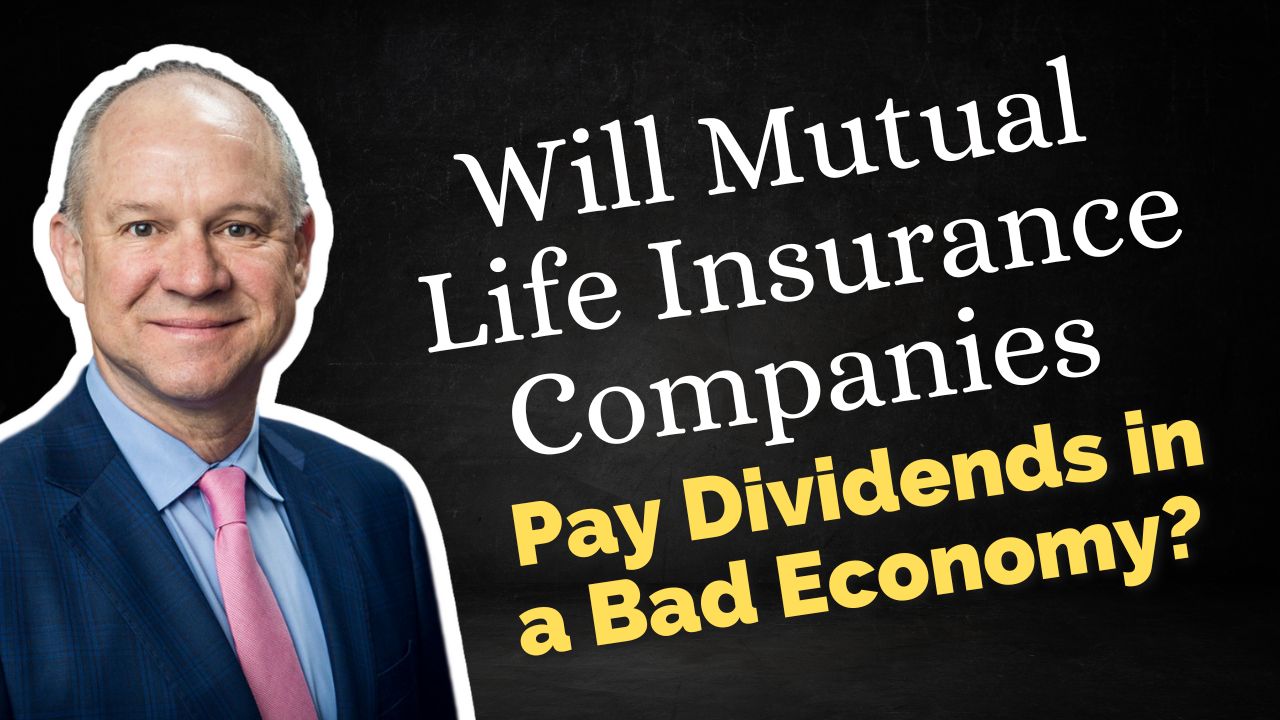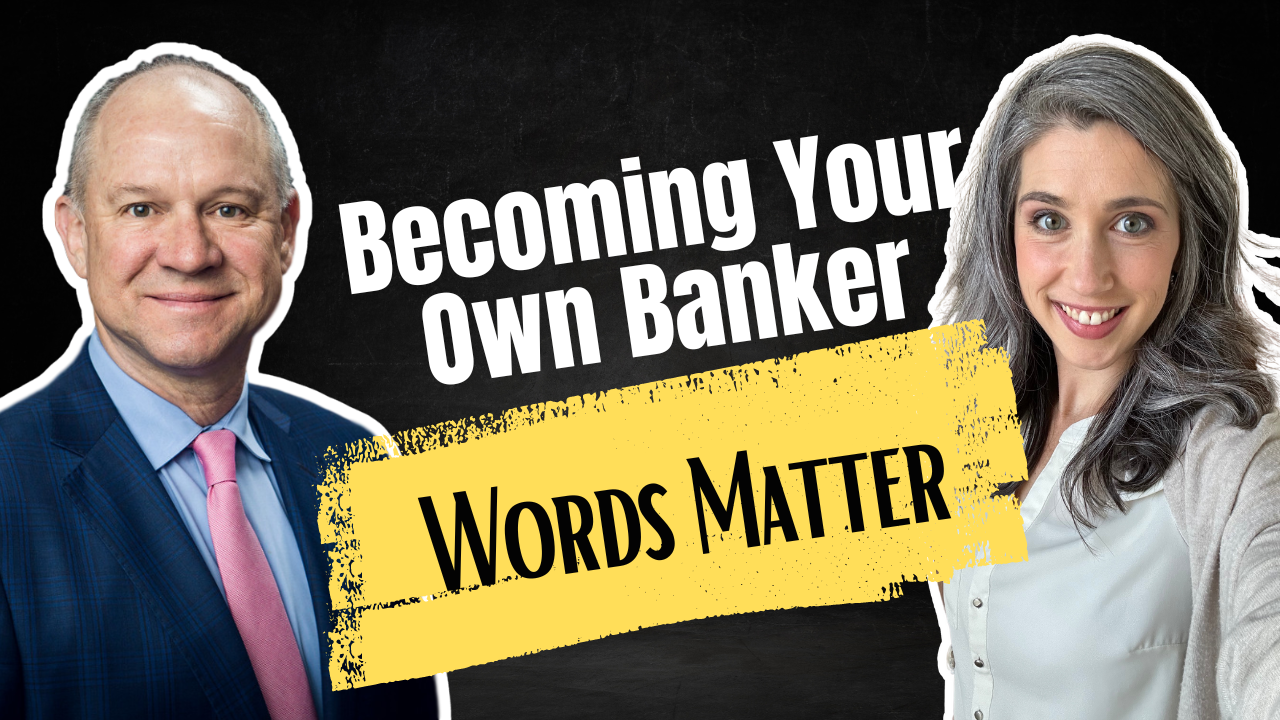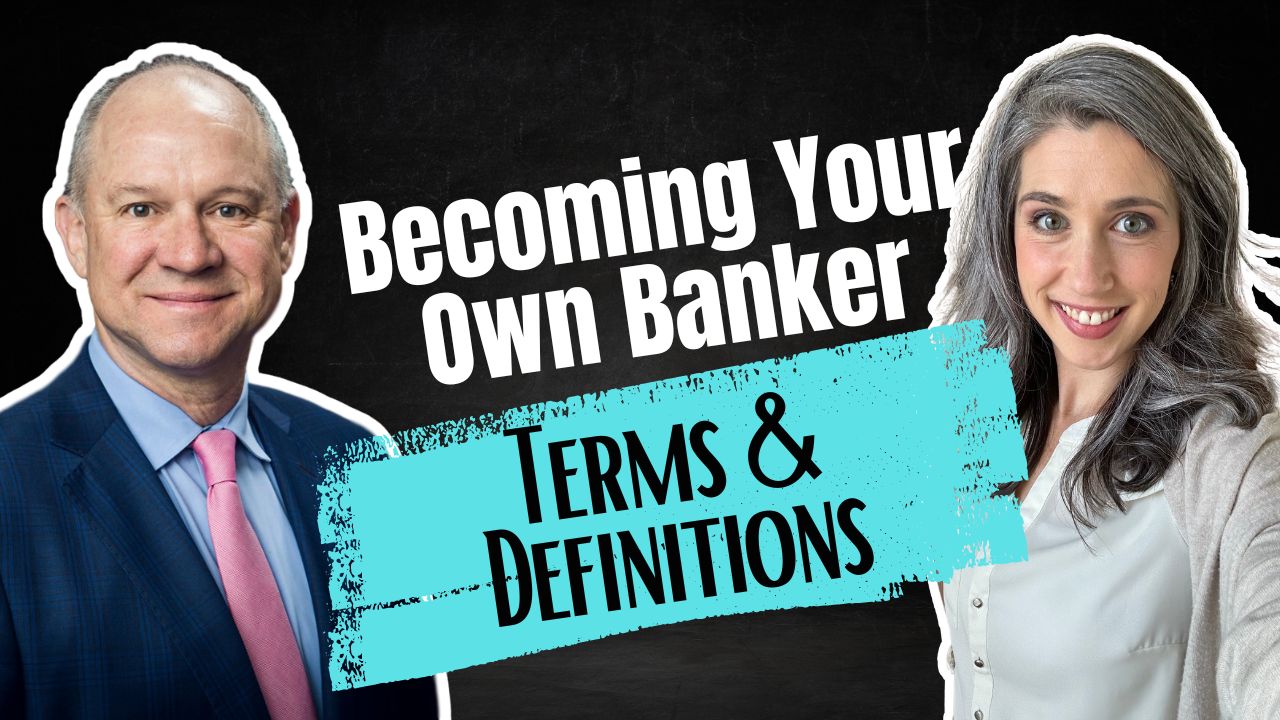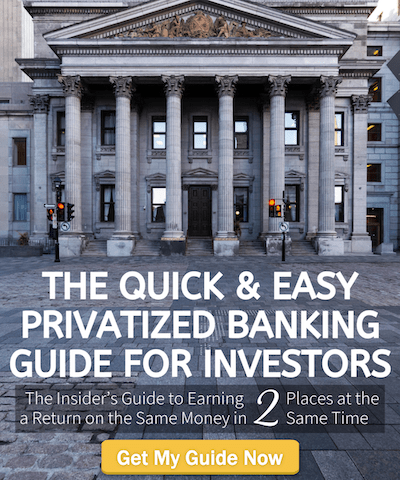
Will You Still Earn Life Insurance Dividends in a Bad Economy?
Dividends are a crucial part of why whole life insurance is such an ideal asset for conducting an Infinite Banking Concept (IBC) strategy. But because dividends are not guaranteed is the life insurance contract, it raises the question: can we rely on life insurance dividends in a bad economy? Join us as we explore the inner workings of life insurance dividends, how it relates to the current economy, and why we don’t think you have to be afraid.
Tune in as Bruce explores the factors at play, and find out how to navigate uncertainty while maximizing returns.
Podcast: Play in new window | Download (Duration: 48:23 — 55.4MB)
Subscribe: Apple Podcasts | Spotify | Android | Pandora | RSS | More
Table of Contents
How Are Life Insurance Dividends Calculated?
While all mutual companies calculate their dividends in different ways, and the calculations are proprietary, the components of those calculations are all the same. Essentially, life insurance companies have income and expenses.
Expenses for a life insurance company include payroll, death claims (the most significant expense), and other overhead costs.
The income is all based on products sold. The companies then invest that income. Mutual companies have a reputation for investing very conservatively, as well as having significant liquid reserves. A significant portion of the investments are made up of bonds and real estate. Insurance companies also make a profit on policy loans to their policyholders.
When there is a profit, those profits are then distributed to policyholders. The insurance companies typically declare the rate for the coming year in December, based on all this information: expenses, profits, etc.
Understanding the Dividend Rate
Here’s where things can get confusing. Just because a company declares a 5% dividend rate does not mean that each and every policyholder is getting a 5% increase in their cash value. The dividend rate is a gross number and is actually applied differently across policies.
Factors that may contribute to your actual dividend include:
- Any fees from your policy
- Policy costs and expenses
- Existing policy loans
- Age of your policy
In some cases, policies may even earn more than the declared dividend. There are many factors that contribute to this because the “goal” of every policy is endowment, which causes the dividend to “chase” the death benefit.
The Dividend is Chasing the Death Benefit
[9:10] “The dividend is actually chasing the death benefit, and the cash value is always chasing the death benefit. What do we mean by chasing? Whenever you take out a policy, let’s say you put $50,000 in the first year… it’s going toward the base policy. And the base policy is the foundation or the rock of the policy. It’s the true insurance portion of the policy. Some of it goes to a term rider, and the term rider is there so we do not MEC the policy. And the last part is the paid-up additions rider. And those three cause a relatively high death benefit versus the $50,000.”
The policy is set to endow at age 121. This is the point when the cash value is equal to the death benefit, and you will receive the full death benefit if you’re still living. Over the course of your lifetime, you’re watching your cash value chase this endowment. Meanwhile, the death benefit is also increasing because of PUAs.
What this means is that your cash value and the death benefit of your policy are going to grow differently. Your policy has to have the growth momentum to actually reach this endowment. A 5-year-old has 116 years to accumulate enough money to reach endowment, while a 50-year-old only has 71 years. They might even get more than the declared dividend in order for the policy to keep up.
You can probably see now how these calculations get really complicated and confusing. Hopefully, this also illustrates why it’s not necessarily helpful to compare declared dividends across companies. It’s more important that the company has a history of paying dividends than what the rate is.
Are Life Insurance Dividends a Return of Premium?
If you look at the IRS classification, dividends are stated as a return of premium. However, in practice, this is not the case. Otherwise, your cash value would never out-pace your premium contributions.
This classification is for regulatory purposes because dividends really can’t be guaranteed since they rely on profits. You can rest assured that this is strictly from a legal standpoint. That’s why it’s important to look at an insurance company’s history of paying dividends. The best companies have been paying dividends for 100 years or more, even in the worst economic conditions.
Yes, sometimes this means the declared dividend is extremely low. Yet the companies with conservative practices still paid those dividends. The long-term thinking of mutual companies is a benefit to all policyholders.
The Relationship Between the Treasury and Life Insurance Dividends
[20:46] “The life insurance dividends have mirrored the 10-year Treasury over the past 30-plus years. And we could have gone back further than that, and [we would see] that they would have mirrored that also.”
This correlation is important, because we’re seeing the Treasury start to increase, actually. So we can expect that as the Treasury is rising, so will the insurance company’s declared dividends. This bodes well for the immediate future, but it also suggests a positive long-term future, too. Because even when the Treasury was at near-zero rates, the insurance companies matched that—they went near-zero, but not zero altogether.
This is all part of a conservative strategy on the insurance companies’ part, in order to maintain their financial strength in any economy. So even when dividends are low, you can rest assured that it’s part of a long-term strategy that is to your benefit in the big picture.
Can You Still Get Life Insurance Dividends in a Bad Economy?
[40:43] “I am actually very optimistic about the dividends for a couple [of] reasons. I do not believe we are going to go back to near-zero interest rate environments for a sustained time period. I tell people all the time—if these insurance companies were paying anywhere between a five and a six percent dividend in an environment where the treasury was near-zero… that means going into the future, the dividends will actually be going up. And if they’re going up, then [by] getting into a contract now, that means you’re going to get it when they go up. And those higher dividends are going to compound throughout the entire life of the contract.”
The real star of the show here is the compounding effect. By starting a policy and having it grow now, you’ll have such a large volume that even a lower declared dividend in the future will make an impact. The reverse is also true—any accumulation you have now, even if the dividend was low, would benefit you later should the rate go up.
And remember, once life insurance dividends are applied to your policy, they are a guaranteed part of your cash value floor. You can’t lose that money. As important as interest rates are, the volume of your earned interest also matters. The more cash value you have, the better off you’ll be regardless of the rate, all thanks to compounding.
Book A Strategy Call
Do you want to coordinate your finances so that everything works together to improve your life today, accelerate time and money freedom, and leave the greatest legacy? We can help! Book an Introductory Call with our team today https://themoneyadvantage.com/calendar/, and find out how Privatized Banking, alternative investments, or cash flow strategies can help you accomplish your goals better and faster. That being said, if you want to find out more about how Privatized Banking gives you the most safety, liquidity, and growth… plus boosts your investment returns, and guarantees a legacy, go to https://privatizedbankingsecrets.com/freeguide to learn more.
Becoming Your Own Banker, Part 29: Words Matter
Ever felt like financial jargon was designed to confuse rather than clarify? Join us as we navigate the labyrinth of financial terminology, particularly within the infinite banking sphere. It’s not just about learning by rote; it’s about cementing a rock-solid financial strategy based on clear, precise language. By dissecting common misconceptions, we aim to transform…
Read MoreBecoming Your Own Banker, Part 28: Infinite Banking Definitions
Have you ever felt like you’re on a financial hamster wheel, constantly spinning but never gaining traction? Join us as we unpack the epilogue and glossary of Nelson Nash’s “Becoming Your Own Banker.” It’s a journey through the intricate philosophy of IBC, as we cover Infinite Banking definitions that shows how effective money management can…
Read More


